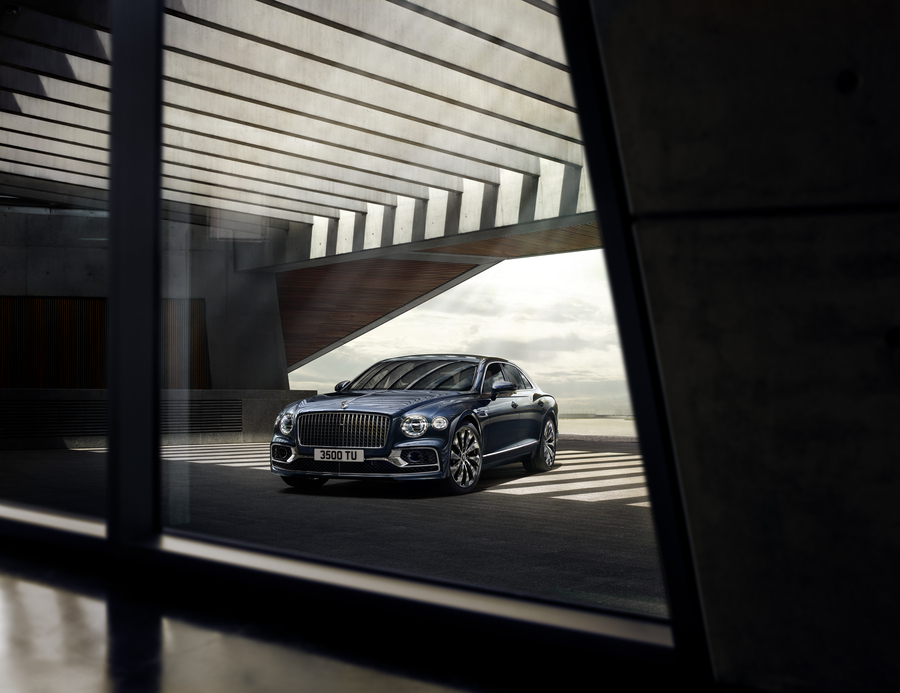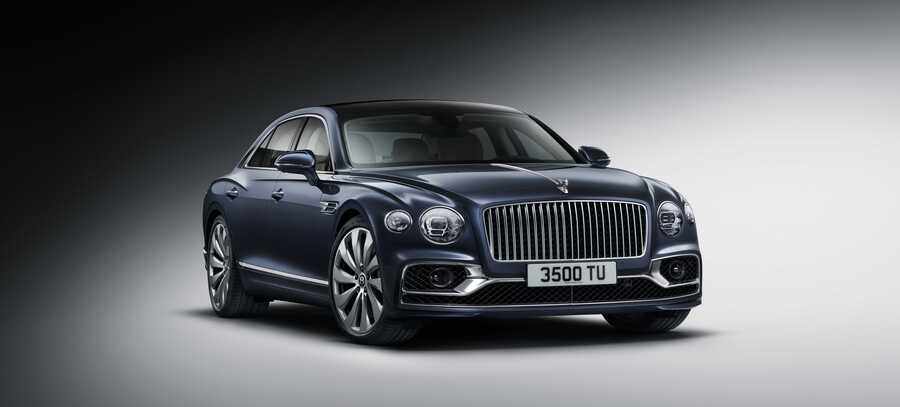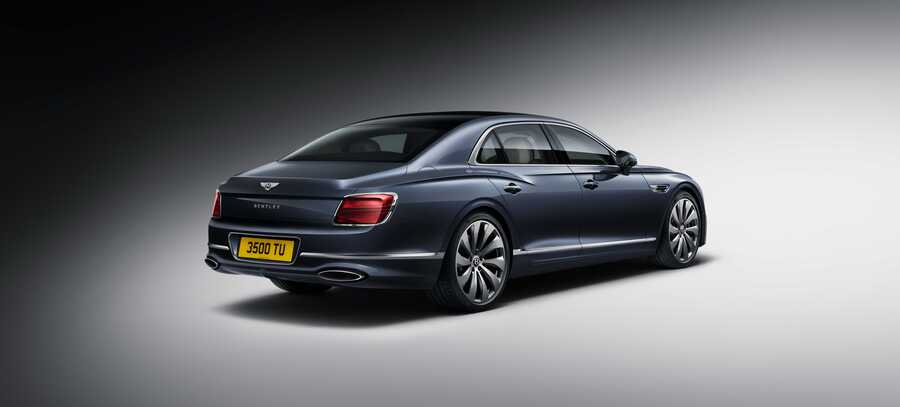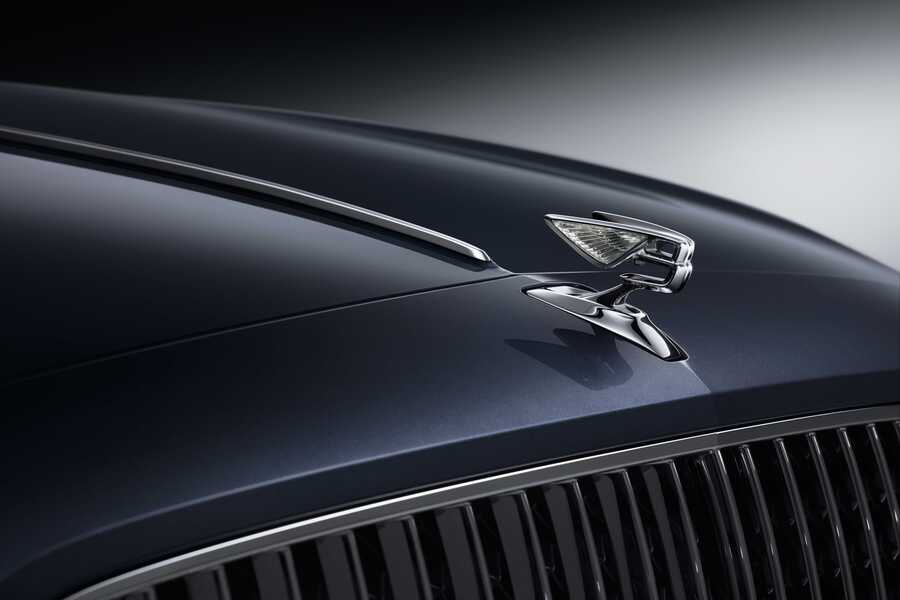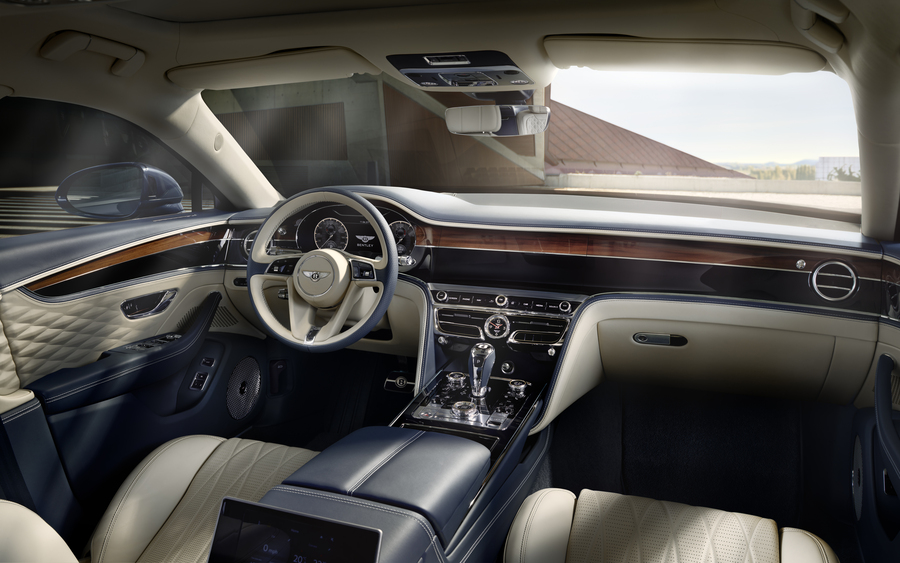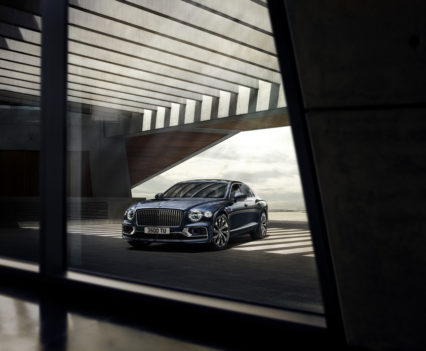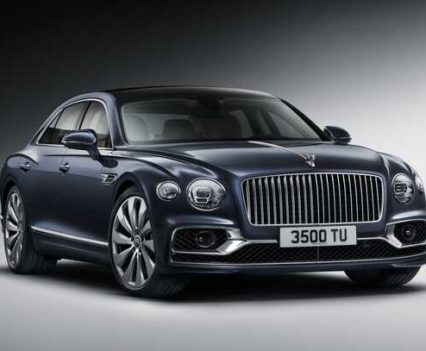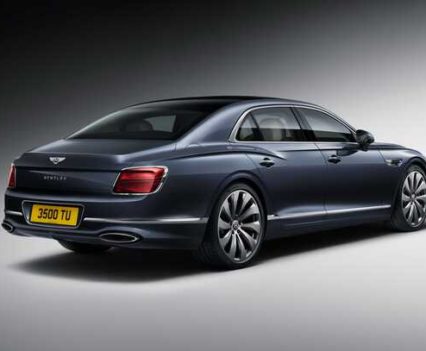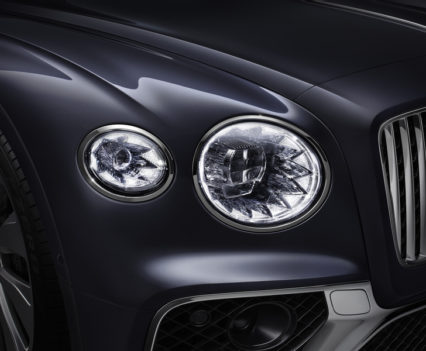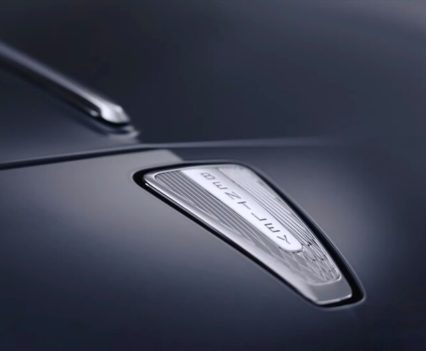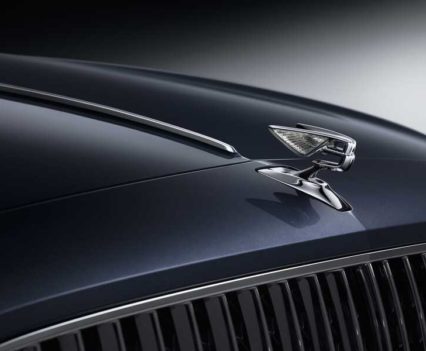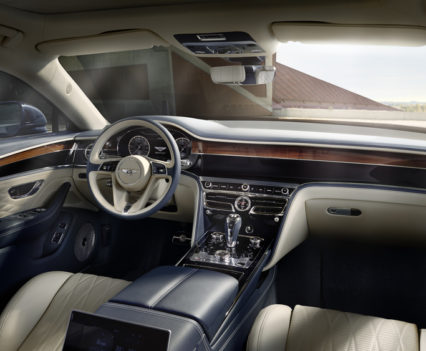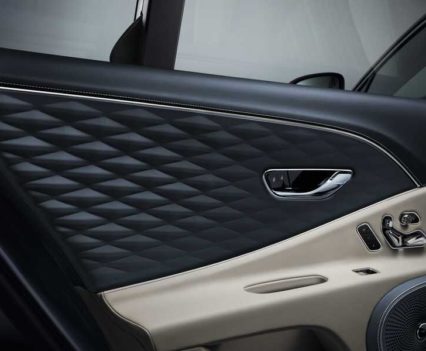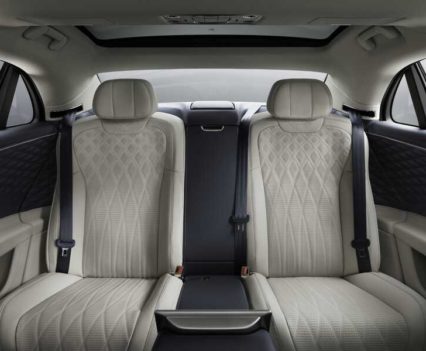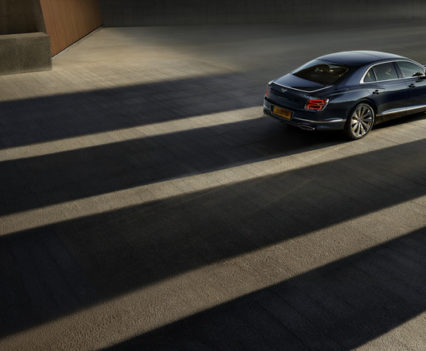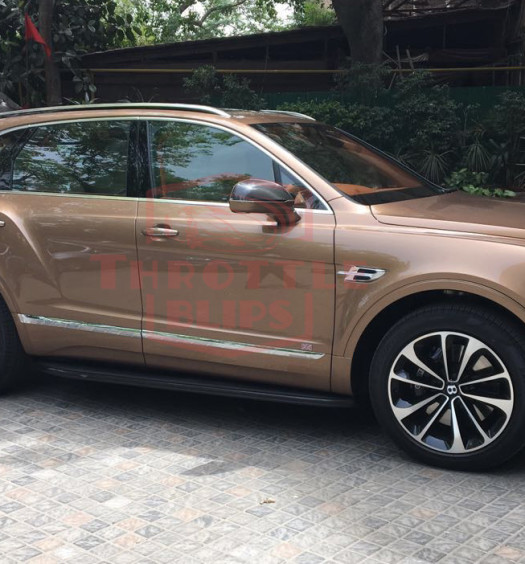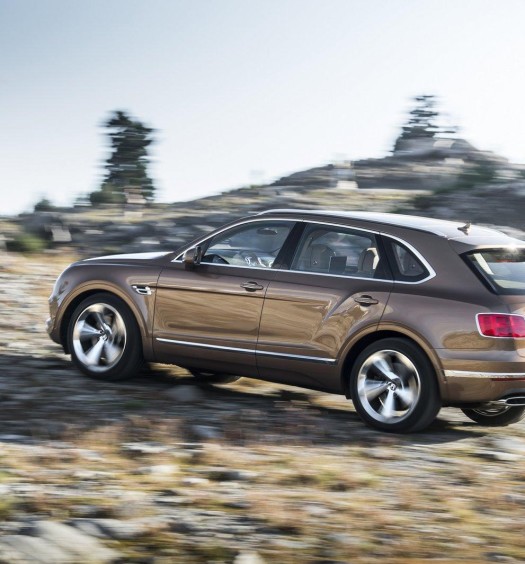British automaker Bentley Motors recently unveiled the newest rendition of its saloon, the Flying Spur. The car, now in its third generation, has very little in common with its predecessors and serves as the launch platform for many features that shall define Bentley for years to come.
The Spur sits on the MSB platform that also underpins its sibling, the Continental GT. The powertrain comprises of a 6L W12 engine issuing 635 metric horses and 900 Nm of torque to the crank mated to an 8-speed dual clutch transmission and a 48V hybrid architecture. Debuting for the first time in a Bentley is the electronic four-wheel steering that works in conjunction with an active all-wheel drive and pneumatic suspension to provide superlative handling that befits both limousines and sports cars alike. This setup is capable of rocketing the behemoth from a standstill to a hundred in 3.8 seconds flat, electronically capping the speed limit to 333 km/h.
In terms of design, the Spur is now flatter than its predecessor is, and wears lesser overhang. While the overall length of the car remains unchanged, the wheelbase has been increased by 130mm that ultimately translates to more legroom. The car rides on 21-inch alloy wheels, but customers may choose from a 22-inch option also.
The bonnet wears a long chrome strip on its median that ends into the famous winged ‘B’ hood ornament that has adorned many a car wearing this badge. A caveat though. This one has never been seen before.
The new mascot is, like the car it sits on, less curvaceous and wears illuminated crystalline embellishments in the wings. Another point of interest is that it is retractable, descending into the grille upon command, only to be replaced by a plaque wearing the ‘Bentley’ name sitting flush with the frame.
The front grille is an expansive unit, approximately 200 mm wider than on the previous generation. It comprises of vertical slats sitting above a honeycomb matrix grille, the slats being a throwback to the ’57 Continental Flying Spur. Flanking the grille are the chrome lined elliptical headlamps featuring cut-crystal glass that shines even when the lights are off. The lower part of the front bumper houses a honeycomb matrix with projector lights and sensors in a more nondescript fashion.
Towards the rear, there are chrome-lined wraparound quadrilateral tail lamps and feature B shaped knurled elements. The license plate holder is moved to the rear bumper, making for a clean boot lid design. The exhaust tips are chromed ovals, very similar to the one found on the Continental GT. The side of the car is where all muscle is on show. The waistline begins at the headlights to merge into the rear doors, only to transform into a pronounced haunch that continues into the boot lid.
The Spur’s feature loaded interior is the centre of visual appeal. The door cards have a unique three-dimensional pattern stitched in leather whereas the ventilated seats feature Bentley’s new diamond in diamond quilt stitching. The instrument cluster is a digital unit and is accompanied by a 12.3-inch infotainment display set in a triangular prism rotating at the touch of a button. Other features include mood lighting and a panoramic glass roof. Customers can choose to get sound from a 10-speaker 650 watt BeoSonic, 16-speaker 1500 watt Bang and Olufsen or a 21-speaker Naim for Bentley setup. The well-equipped cabin includes traffic Assist, City Assist, blind spot warning, night vision, a head-up display, top view camera, and self-parking capabilities.
The updated design philosophy has first been showcased in the Mulsanne but is expected to become more popular with the Flying Spur. Bookings are expected to commence this fall, though we don’t expect to see one coming to India anytime soon.

